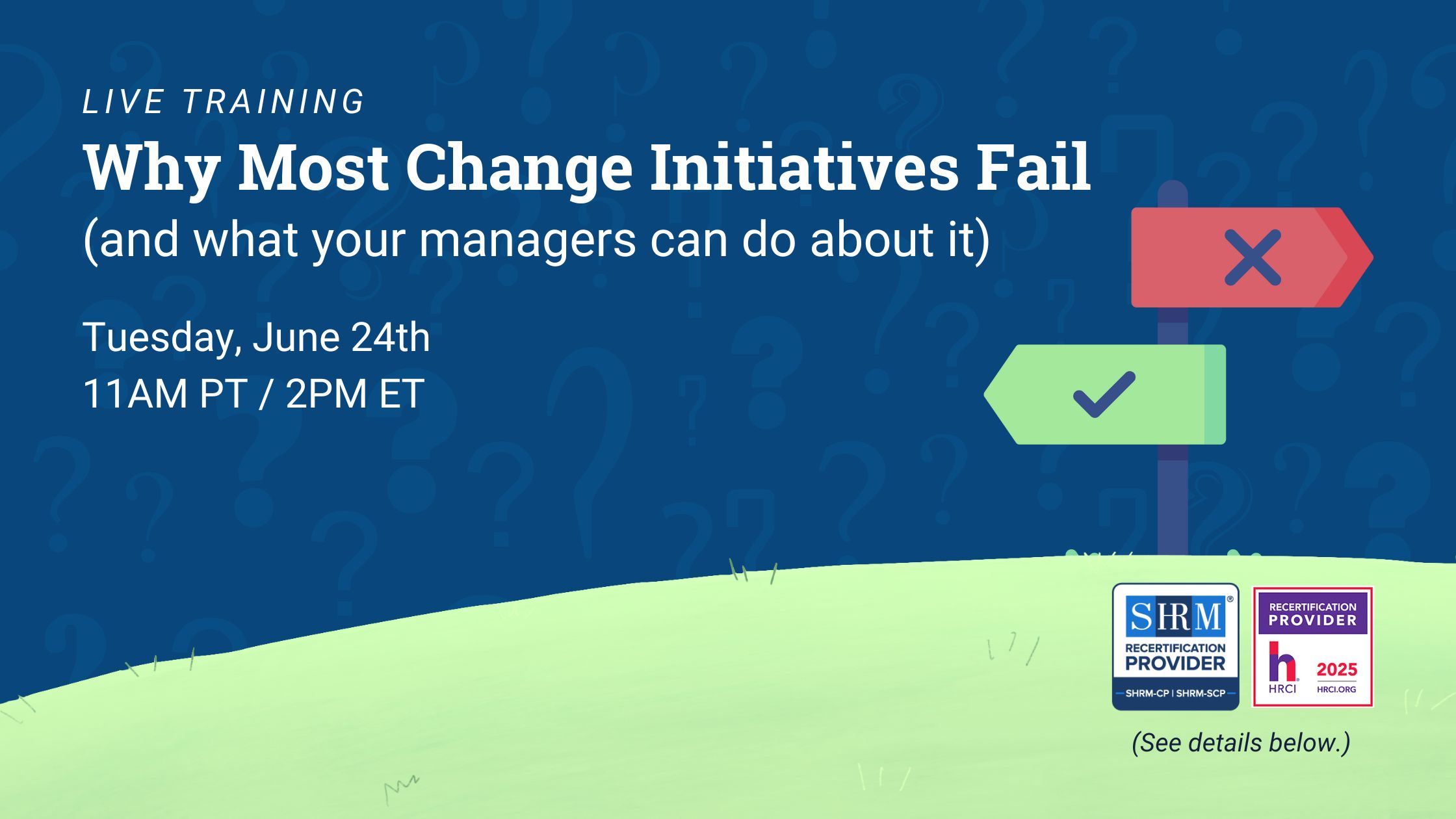A high-performing employee is obviously a desirable thing—not only for a manager, but also for a team and company. But when a manager holds on a little too tightly and prevents an employee from growing with the organization—otherwise known as talent hoarding—there can be negative consequences for all.
Below we describe the potential effects of talent hoarding, and how you can prevent it.
What Is Talent Hoarding?
Talent hoarding happens when a manager keeps a top employee on their team to the detriment of the employee or the company by limiting that employee’s opportunities and/or growth.
Why Is Talent Hoarding Dangerous?
Talent hoarding presents individual and organizational risks alike.
Risks to managers
An effective manager is one who not only gets good results from their direct reports, but who also mentors them and sets them up for success in their next roles with the company and beyond. When a high performing employee remains in a position too long, it could imply that the manager has not properly coached the employee. After all, if an employee is in a position for a long time and desires growth but is not promoted, what is the manager doing to help them improve their performance?
An additional risk to the manager is created as a result of talent hoarding when a top employee decides to leave the company altogether due to lack of opportunity. In a situation like this, often the manager will be unprepared to fill the role.
 Risks to employees
Risks to employees
Often it’s assumed that when an employee has developed a high level of competence in a role, and sustained it for a certain length of time, the employee will then be promoted into a more senior position with more responsibility. As mentioned above, without an opportunity to grow either vertically or laterally within the organization, an employee may seek such opportunities elsewhere. This can impact not only the employee being hoarded, but also ones who would like to move into that employee’s position.
Hoarded talent may also have less experience than their peers because they were not given the chance to upskill, reskill, or to train with other teams. And without gaining new skills and knowledge, along with the sense of accomplishment that results from doing so, an employee’s performance may wane. After all, workers need to feel a sense of confidence in their work and abilities, and without that, they can feel discouraged, disconnected from the company’s purpose, and disengaged from their job.
Risks to your organization
While it’s a problem if a single manager hoards talent, if it’s a problem across your workforce, the negative consequences multiply. Engagement and productivity can dip and remain low in all areas of the organization. You may experience widespread retention issues, along with difficulty luring top talent to those openings when company reviews on sites such as Glassdoor show little opportunity for growth, damaging your employer brand.
There are also risks to the growth of your company. After all, talent hoarding leads to those employees’ skills and ideas being hoarded as well. As a result, other areas of your business won’t benefit from their knowledge and experience. Without space for new talent to join the organization, your business could suffer from a lack of new ideas and diversity of thought. And without expanding and diversifying your existing talent’s skill sets, your company could be at risk should employees leave or if a reduction in force is necessary.
How Can HR Prevent or Stop Talent Hoarding?
Make internal job openings transparent
Facilitate internal mobility by making roles open first to employees, making it clear what the requirements are, and encouraging employees to develop the skills needed to get the roles. When there is transparency around opportunities within the organization, and internal hiring is encouraged, it’s more difficult for managers to hoard talent. It also helps to provide a strong pool of talent to draw from when a role is vacated because top talent is promoted or moves into another area of the company.
Support your managers and reward them
One reason why managers may keep top talent from moving on is that they are worried that their team will suffer without that employee. In addition to facilitating and supporting internal mobility in your organization, you can encourage inter- and intra-departmental training. You can also support your managers by giving them the resources and time they need to cross-train employees.
Managers who facilitate their team members’ success by helping them develop their careers should be rewarded and recognized for boosting the company’s skill set and engagement.
 Crosstrain employees
Crosstrain employees
It can be helpful to both managers and employees to encourage working on interdepartmental projects and cross-training with other departments. Managers benefit from additional skills from employees from other departments, and employees can learn from each other and from other managers. Depending on the size of your organization, you may be able to list project work on your internal job board so that those interested can apply to participate.
Upskill employees
Offer career development courses and workshops—either in person or online—in a variety of subjects so that employees have the opportunity to level up their existing skills or gain new ones. When you increase the diversity of skills within your organization, managers will have more talent to draw from, reducing their need to hoard talent. Your workforce will be more agile and engaged, and will have more incentive to stay with the company and grow their careers with you.
Offer career coaching to employees and managers
Career coaching can benefit employees in a number of ways. In addition to helping them assess skills and opportunity areas, they can help with setting and creating a strategy for attaining goals. Offering career development from external coaches can also help when a manager doesn’t know how to mentor employees.
Career coaching can also benefit managers by offering guidance on how to provide feedback, build and manage relationships, how to mentor, and more.
Summary
Using INTOO’s guide on talent hoarding above, you can help create career activists among your employees and managers and foster a culture of growth and development. Such a workplace environment will help attract and retain top talent, increase engagement and productivity, and improve performance. INTOO’s coaches help employees in every stage of their career develop strategies to meet their goals, while employers reap the benefits of increased engagement, productivity, and retention. Learn more about how our career development programs can benefit your company.
Robyn Kern is a seasoned business writer who has written in the HR, education, technology, and nonprofit spaces. She writes about topics including outplacement, layoffs, career development, internal mobility, candidate experience, succession planning, talent acquisition, and more, with the goal of surfacing workforce trends and educating the HR community on these key topics. Her work has been featured on hrforhr.org and trainingindustry.com.


 Risks to employees
Risks to employees Crosstrain employees
Crosstrain employees








